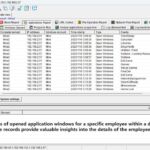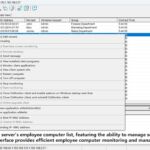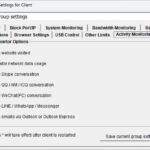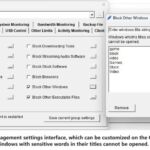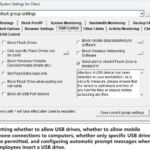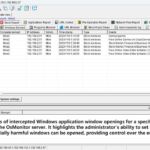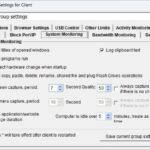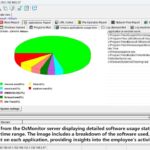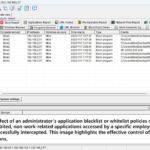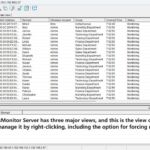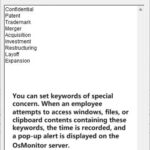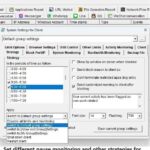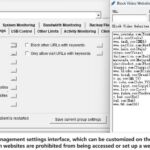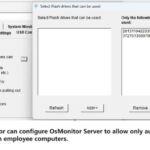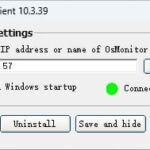Internet behavior management software is an application used to monitor, manage, and control the internet behavior of network users. It assists network administrators or parents in implementing internet access policies, safeguarding network security, and restricting access to inappropriate content. In this software, pattern recognition algorithms play a crucial role in behavioral analysis and application practices.
The main application scenarios of pattern recognition algorithms in internet behavior management software are outlined below:
- User behavior recognition and classification: Pattern recognition algorithms analyze the internet behavior of network users to identify and classify different user behavior patterns. This helps accurately identify normal internet behavior and potential malicious activities, such as network attacks or misuse. Common pattern recognition techniques include machine learning algorithms (e.g., decision trees, support vector machines, deep learning) and rule-based methods. Using these algorithms, internet behavior management software can identify whether a user is browsing social media, watching videos, accessing sensitive data, etc., enabling precise analysis and classification of user behavior.
- Anomaly detection: Pattern recognition algorithms can learn normal internet behavior patterns and detect deviations from them as anomalous behavior. This aids in early detection of possible network security threats or inappropriate use of the internet. For instance, if a user's internet behavior suddenly becomes anomalous, such as excessive server requests or frequent access to unknown websites, the system can trigger an alert immediately, notifying administrators to conduct further investigations and take appropriate measures. Anomaly detection plays a vital role in safeguarding networks against malware, intrusions, and data leaks.
- Content filtering and access control: Through pattern recognition technology, internet behavior management software can perform real-time content filtering and access control based on users' internet behavior and accessed content. This can prevent users from accessing inappropriate websites or content, ensuring network security and child internet safety. For example, parents can configure internet behavior management software to block minors from accessing adult or violent content, safeguarding their healthy development.
- User profiling and personalized recommendations: Pattern recognition algorithms analyze users' internet behavior and interests to construct user profiles and provide personalized content recommendations. This enhances user experience, increases user satisfaction, and helps internet service providers better understand user needs. By recognizing patterns in users' internet behavior, the software can identify their preferences and recommend content aligned with their interests, such as news, shopping, music, etc., thereby increasing user engagement and retention.
- Traffic optimization and quality management: Through pattern recognition of user internet behavior, network administrators can gain better insights into the usage of network traffic, enabling traffic optimization and quality management. This ensures the rational allocation of network resources, enhancing network performance and stability. Using pattern recognition technology, administrators can analyze busy periods on the network, optimize bandwidth allocation, prioritize important tasks, and improve overall network efficiency and user experience.
In practical applications, internet behavior management software often combines multiple pattern recognition algorithms and customizes configurations based on specific requirements and scenarios. Different network environments and user groups may require different combinations of algorithms to meet their specific management and protection needs. Additionally, to protect user privacy and data security, internet behavior management software must handle user data in compliance with regulations and implement appropriate security measures to prevent data leaks and misuse.
About OsMonitor:
The mission of OsMonitor is to create a Windows computer system tailored for work purposes, effectively regulating employee computer behavior. It enables employers to understand what employees are doing each day, monitoring every action, including screen activity and internet usage. Additionally, it restricts employees from engaging in specific activities such as online shopping, gaming, and the use of USB drives.
OsMonitor, designed purely as software, is remarkably user-friendly and requires no additional hardware modifications. A single management machine can oversee all employee computers. As a leading brand in employee computer monitoring software with over a decade of successful operation, OsMonitor has rapidly captured the global market with its minimal file size and excellent cost-effectiveness compared to similar software. At this moment, thousands of business computers worldwide are running OsMonitor daily.




